Is there any practical loading condition or analysis of isolated column base (pad foundation) that will require the provision of top and bottom reinforcement as shown in the picture above?
When rigid pad foundations are subjected to eccentric loading, the base pressure distribution becomes either trapezoidal or triangular instead of uniform (rectangular). Any condition that leads to negative pressure (tension) in the soil usually calls for a geometric redesign of the column base size.
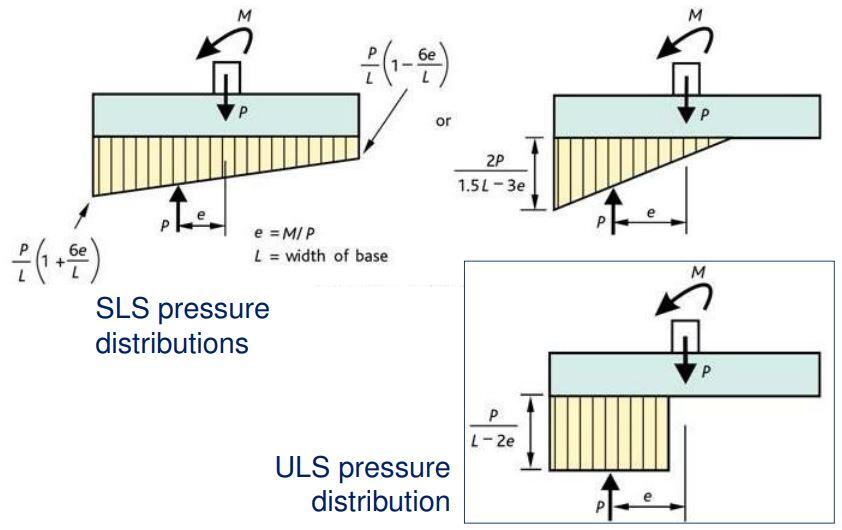
Under which condition can top and bottom reinforcement be required in an isolated pad footing then? Let us know in the comment section.

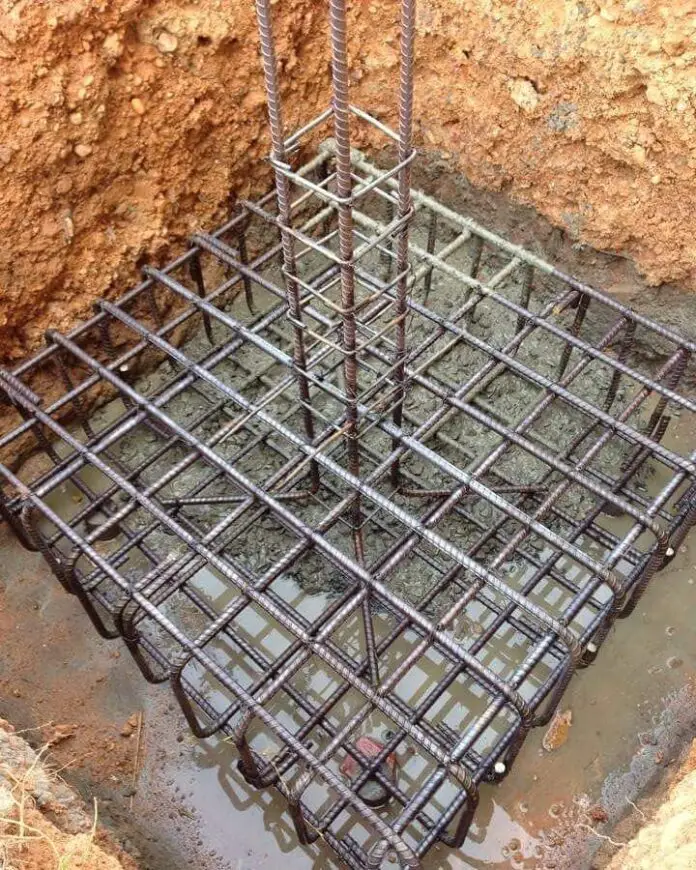
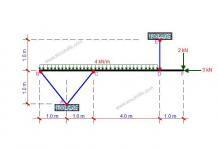
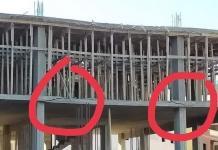
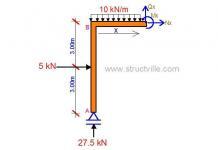
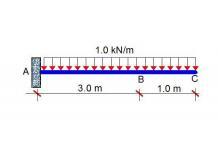
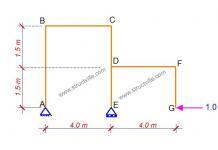
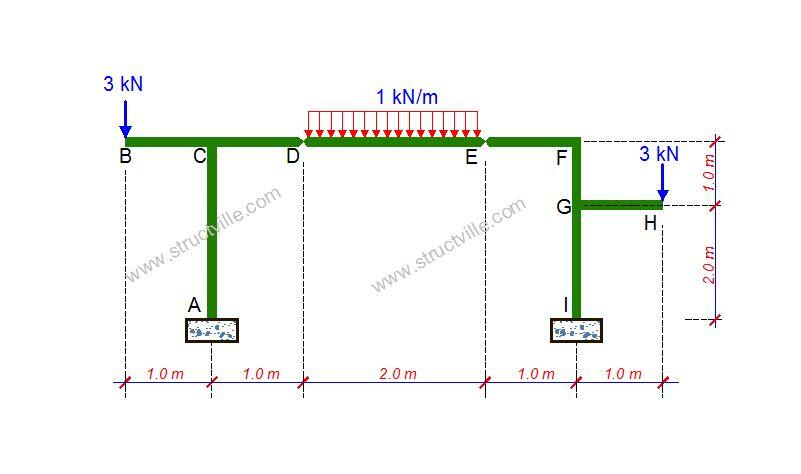
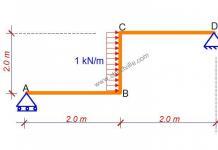
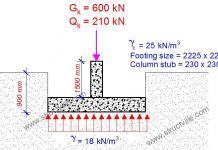
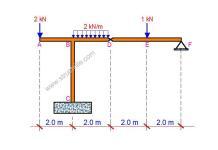
Top bars are generally not required in isolated pad columns except in extremely rare cases. For example, where the flexural resistance of the concrete section is insufficient against compression leading to the requirement for additional steel in the compression zone. Some designers believe top bars are also required in columns subjected to a significant uplift force, however I have never seem a guidance on this. Some designers also provide it just for serviceability requirements – shrinkage cracks at the top, in fact it’s a requirement in some code of practice, the AS5100 is an example.
But i’m even more concerned about a trend I’m beginning to see, where the size of an isolated pad base is deliberately reduced and the top bars is provided as compensation for the reduced base area. Any explanation for this?
Top bars will not compensate reduced base area. Base area reduction may cause bearing failure of soil. Top bars used to counter the extreme BM in top layer.
É um super reforço…
When you have combined footings